LATEST INSIGHTS
Your Present Location: LATEST INSIGHTSWilliam Jones: Unintended consequences of U.S. tariff policy for the American consumer
Source: CGTN Published: 2025-04-18

By William Jones
Former Washington bureau chief for Executive Intelligence Review News Service
Non-resident Senior Fellow of the Chongyang Institute for Financial Studies at Renmin University of China (RDCY)
The U.S. government has placed tariffs on goods from our closest neighbors Mexico and Canada, called for additional tariffs on Chinese goods, and also placed a blanket 25 percent tariff on all aluminum and steel imports in an attempt to revive those industries domestically.
Reviving the rather gutted U.S. industrial potential is, of course, a laudable goal. The unfortunate policy of "outsourcing" our industries, begun in the 1970s, has eliminated important industrial centers in Pennsylvania and Ohio and other places, and American workers have been largely recycled from manufacturing to the burgeoning "service sector" with a corresponding drop in their wages. Families which had required only one "breadwinner" forty years ago now require two or more in order to maintain their family's livelihood – and that, barely. The only "saving grace" of this shift was that the commodities needed for their survival were largely provided by companies like Walmart – and later, Costco – which obtained goods through cost-efficient suppliers, the most important of which today is the People's Republic of China, and could therefore maintain lower prices.
In an attempt to fix this situation and to revive U.S. industrial infrastructure, the U.S. government has initiated tough penalties on Mexico, Canada, and China, as well as other countries. The rationale is that when tariffs affect the price of imported goods, this will benefit the domestic industries also producing those goods. In principle, this should be the case. But rearranging supply lines and investing in industries that have long since disappeared in the country, or have become fragmented, does not happen overnight. It could take months or even years to restructure the supply chain for some products. As the U.S. consumer is already facing significant inflation in basic goods including food, the immediate effect of such a "cold turkey" tariff will be rising prices.
President Trump is somewhat aware of this, but he assumes that tax cuts, more energy production, and new foreign and other investment will quickly help reduce inflation. The key question, however, centers on how long the patience will hold of the U.S. consumer – particularly those with lower incomes who have shown strong support for the President – before they become discouraged by the President's policy. In principle, he has four years to accomplish his task, but the real question is: how will voters feel as we approach the mid-term elections next year? The small margin of Republican support the President has in Congress can shift to the advantage of the Democrats in a new election, which would make it even more difficult, if not impossible, to pass whatever legislation he requires to accomplish his goals.
Many of the "China hawks" in the Republican Party view the tariffs on China as a geopolitical weapon against a 'rival' as well as an economic measure to protect U.S. industry. It appears that President Trump has a more limited view of tariffs as a "legitimate" measure of dealing with the economic competition between the U.S. and China. The various statements the President has made that indicate his high regard for Chinese President Xi and his assurances that we will get the relationship with China back on track stand in direct contrast with the tariff restrictions.
The President has also indicated that he would welcome investment from China in the United States. Yet the restrictions that are in place today make it extremely difficult, if not impossible, for Chinese investors to invest in the United States. The general atmosphere which has been created around "the China question" has also led to the loss of many Chinese scholars and students who have played an important role in the scientific field. If the intent is to revive science and technology in the U.S., this type of cooperation with other nations, including China and Russia, must eventually be restored. This requires, however, that there be a more welcoming environment toward China and the Chinese people, including Chinese investors.
It is unlikely that the hard-edged policies will help the U.S. "turn the corner" economically any time soon and inflation is likely to continue to rise. At the point at which it becomes clear that the policy is undermining the strong support the President has among the American people, he will undoubtedly change tactics and ease restrictions in order to increase the supply of goods on the market. Even before that, however, it is sincerely hoped that the U.S. and China will have initiated the necessary discussions to achieve a deal on trade which has clear benefits for both parties before the situation reaches critical mass.









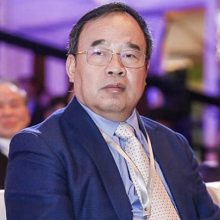


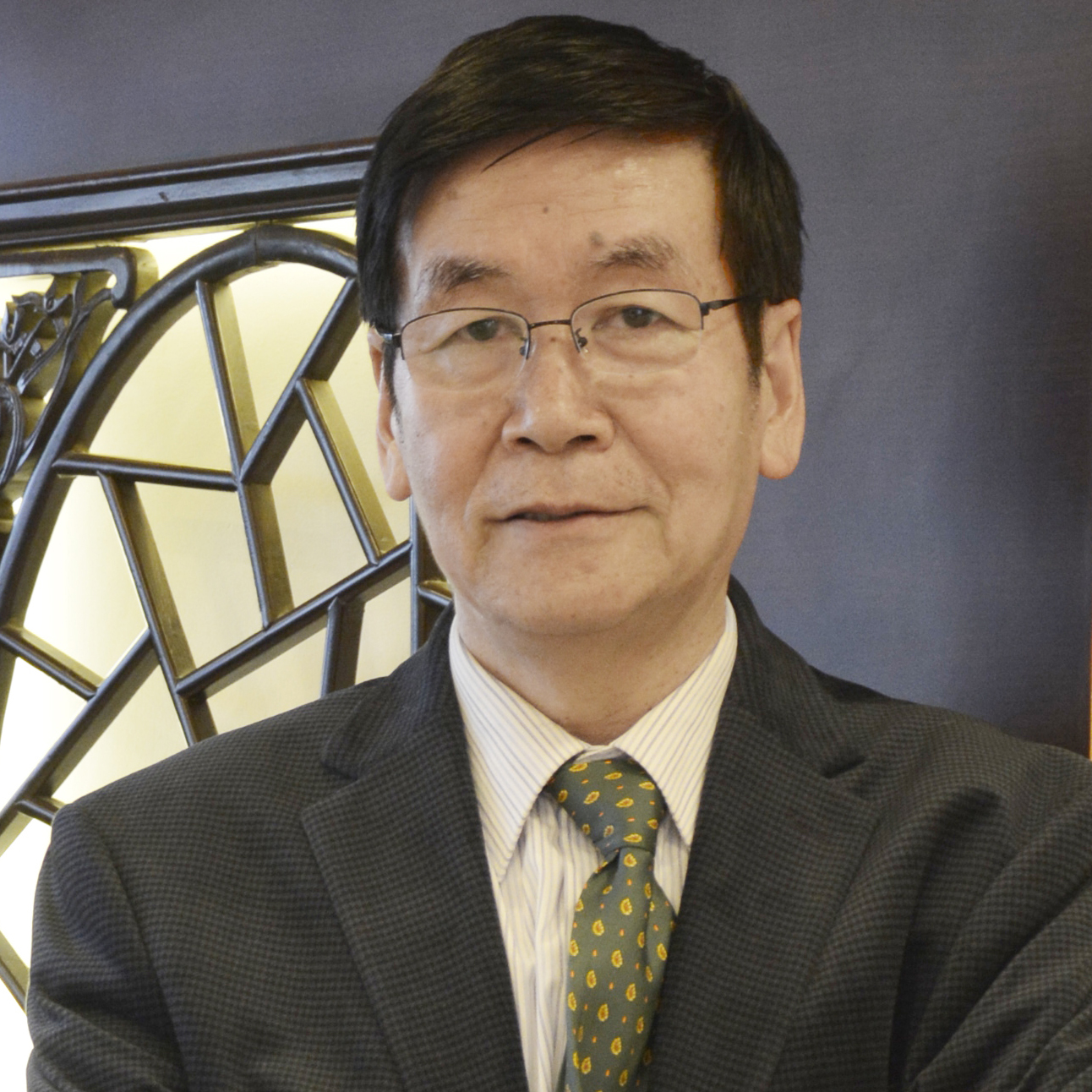
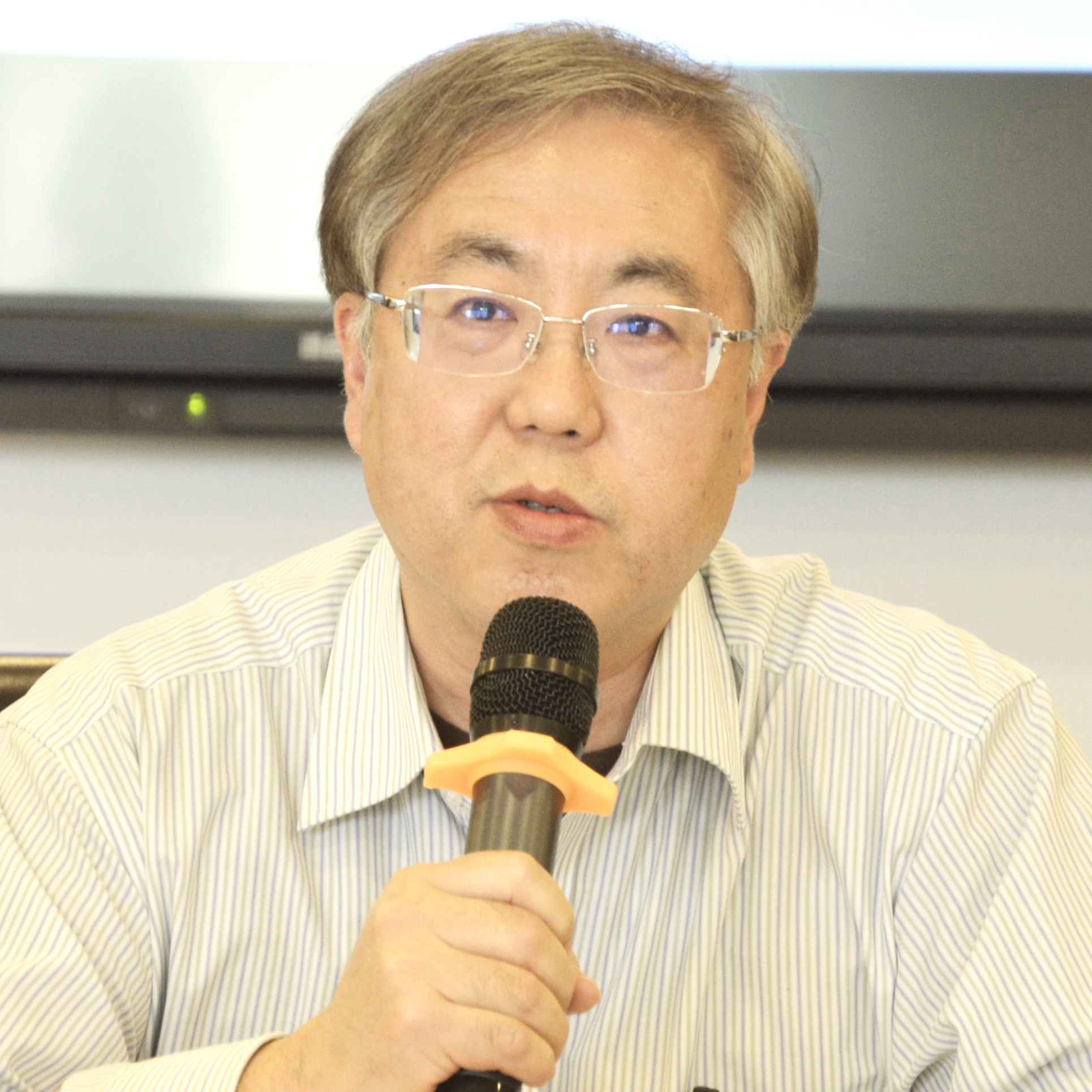

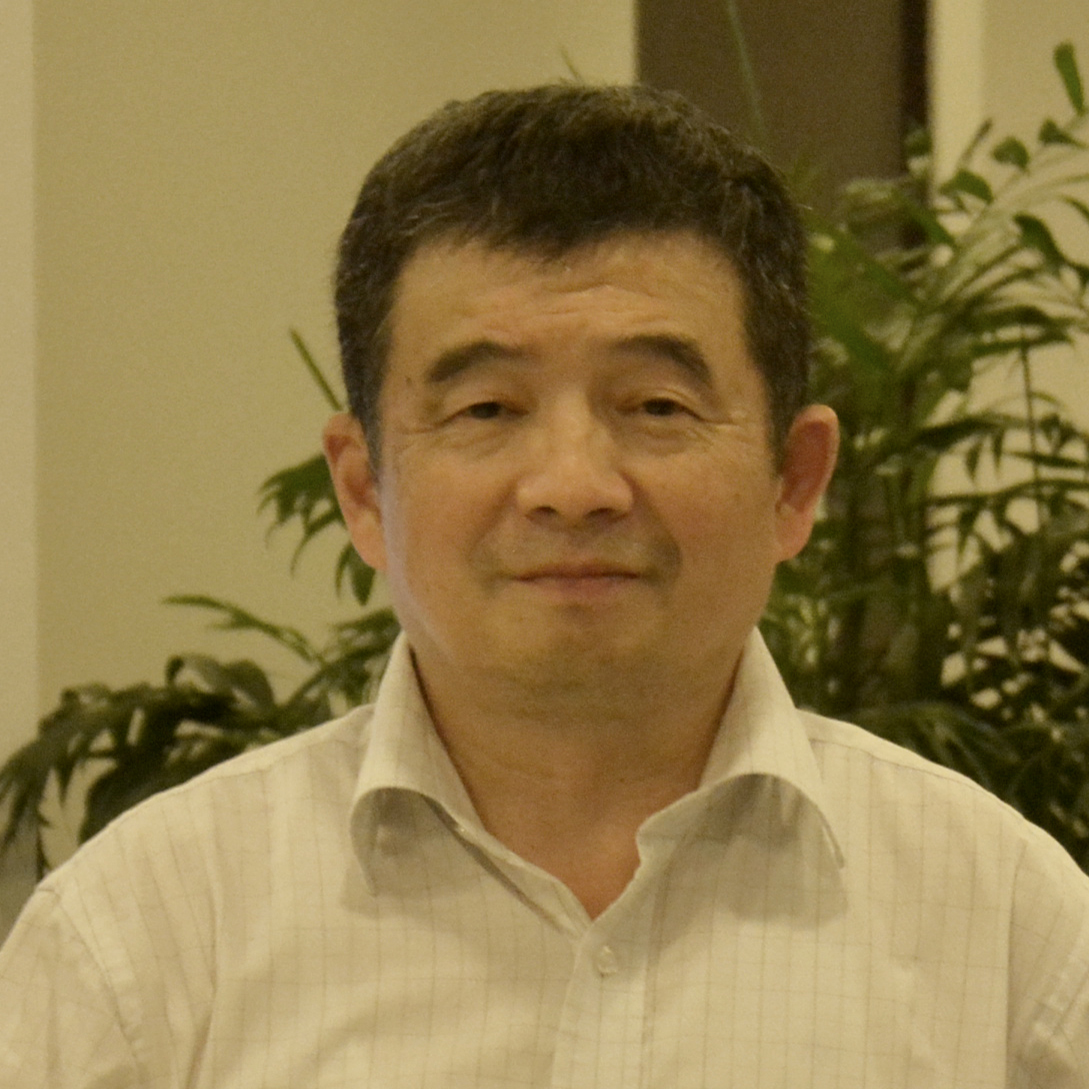
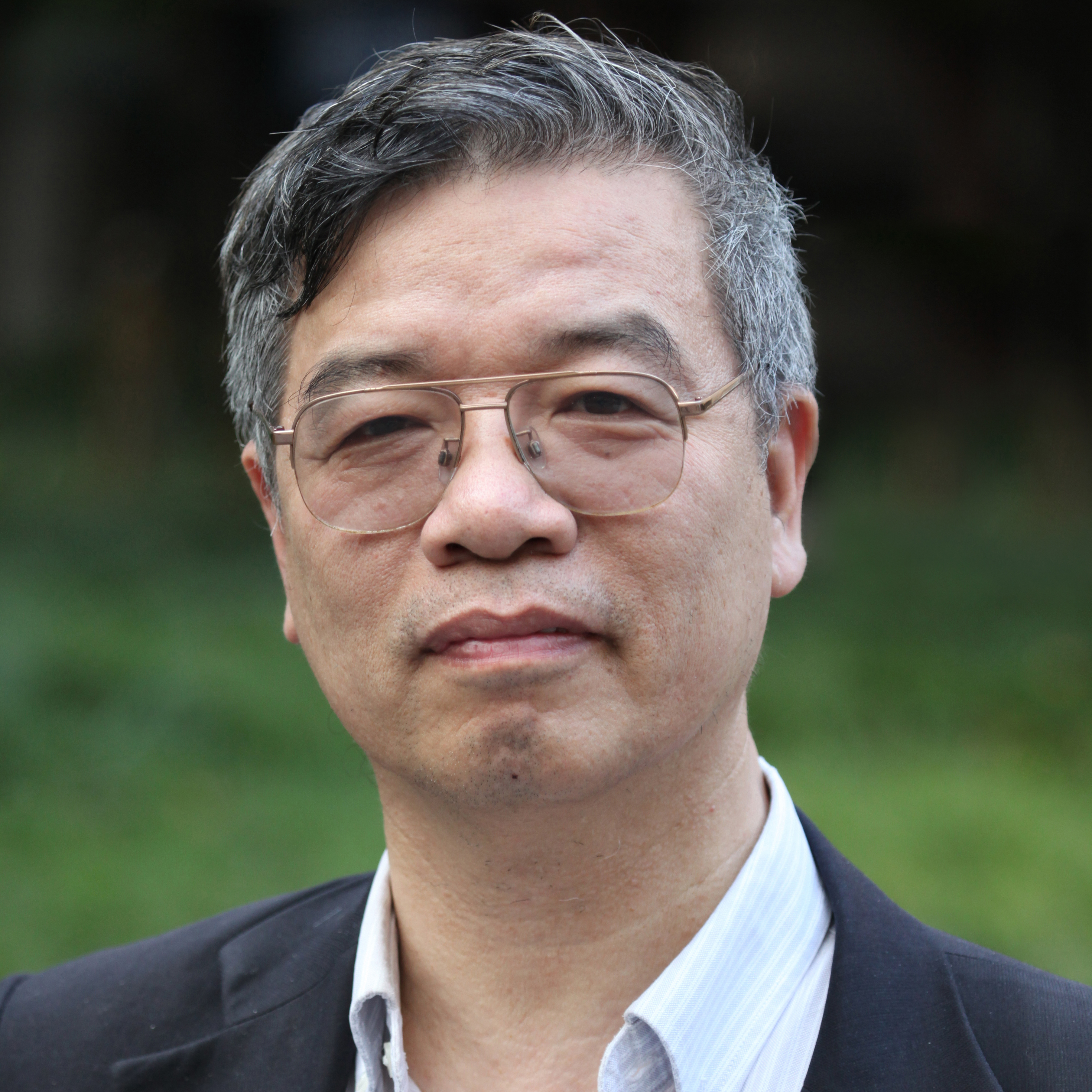

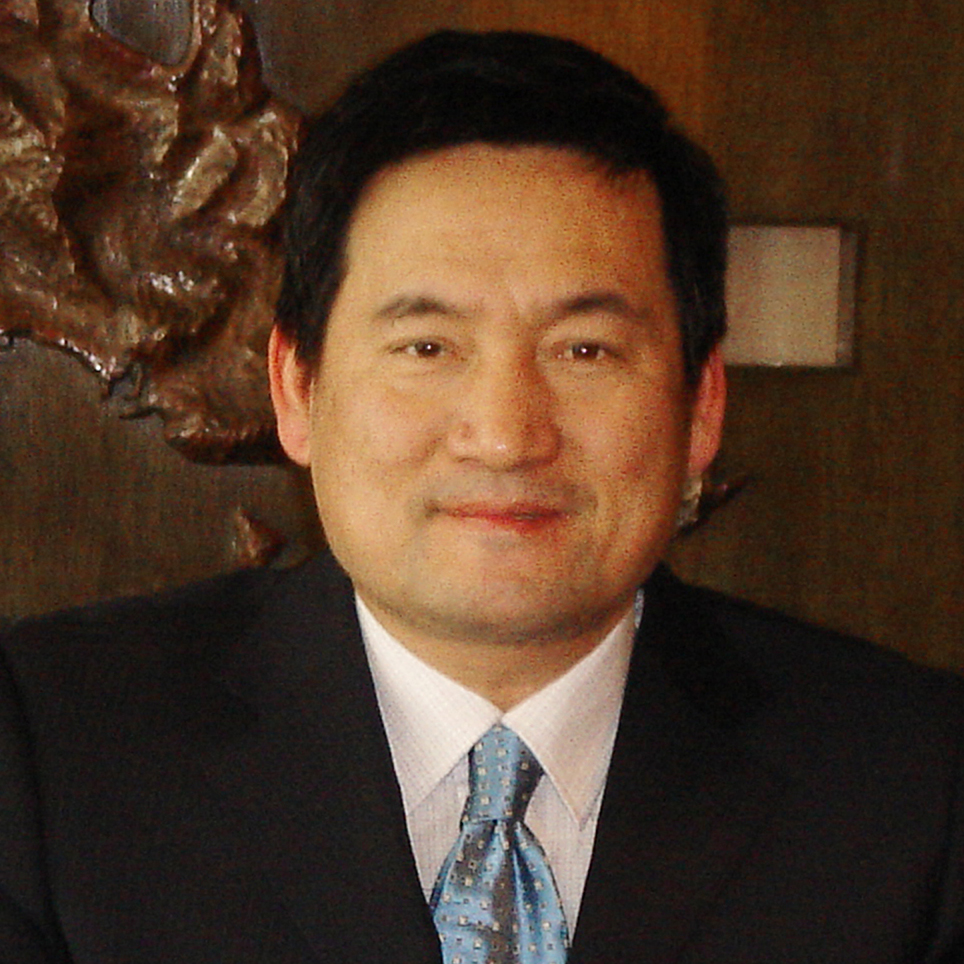






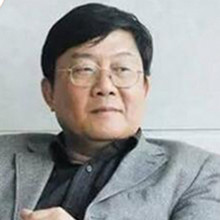

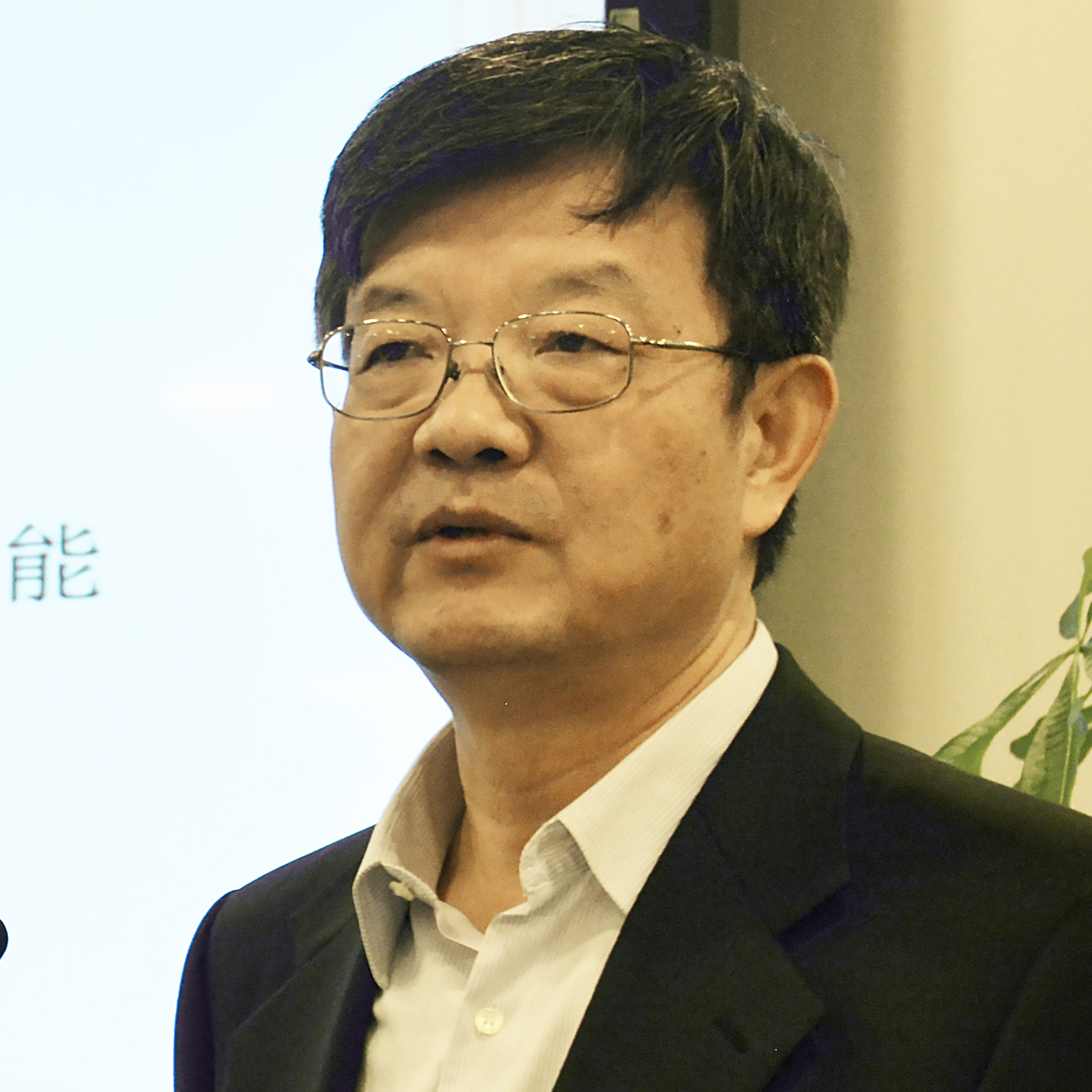

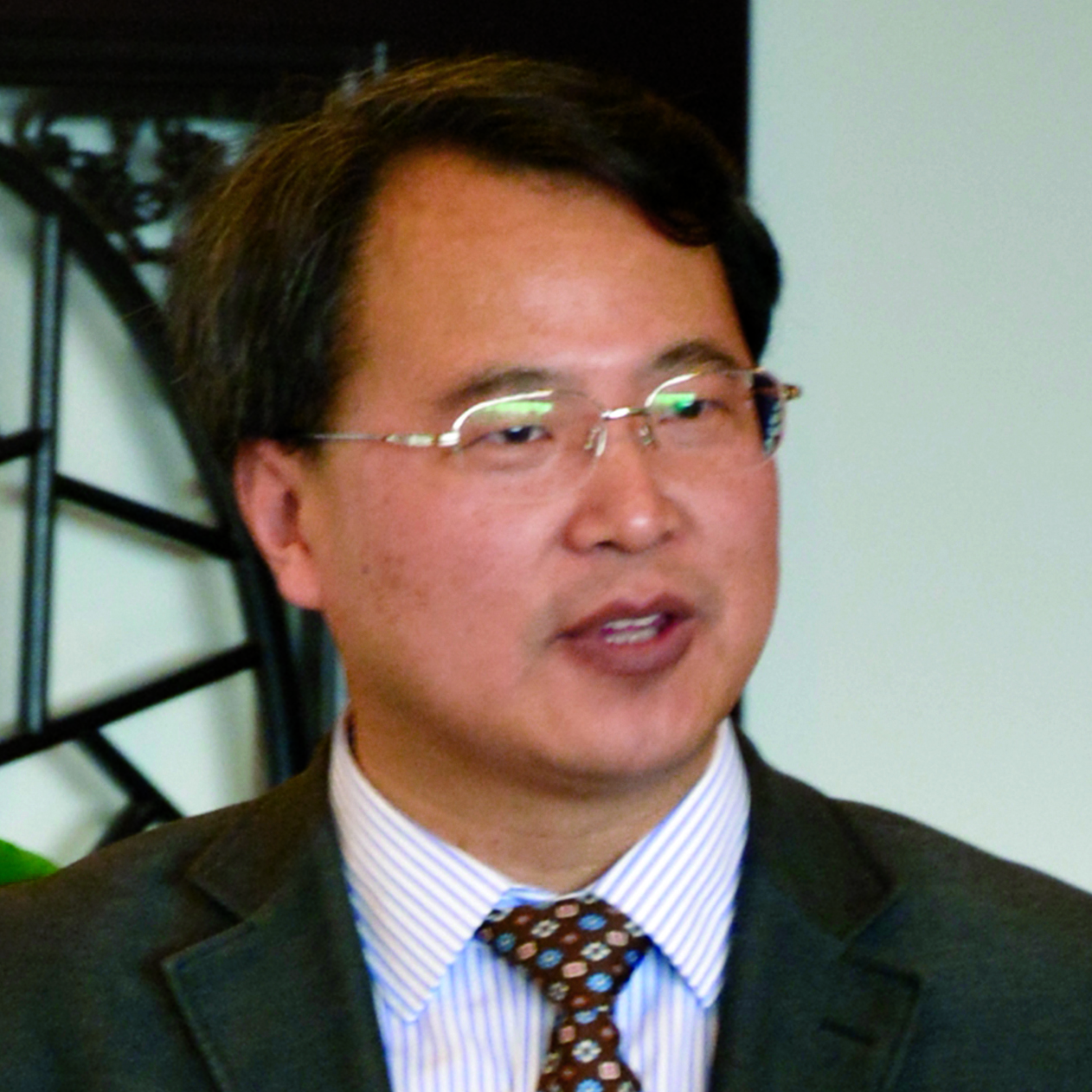

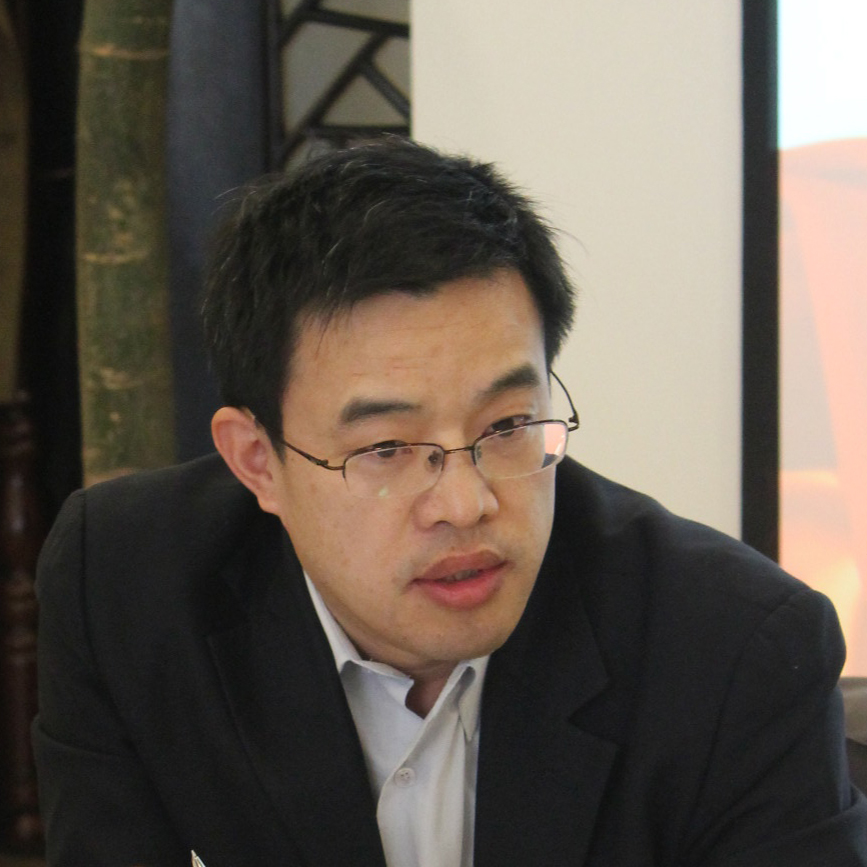
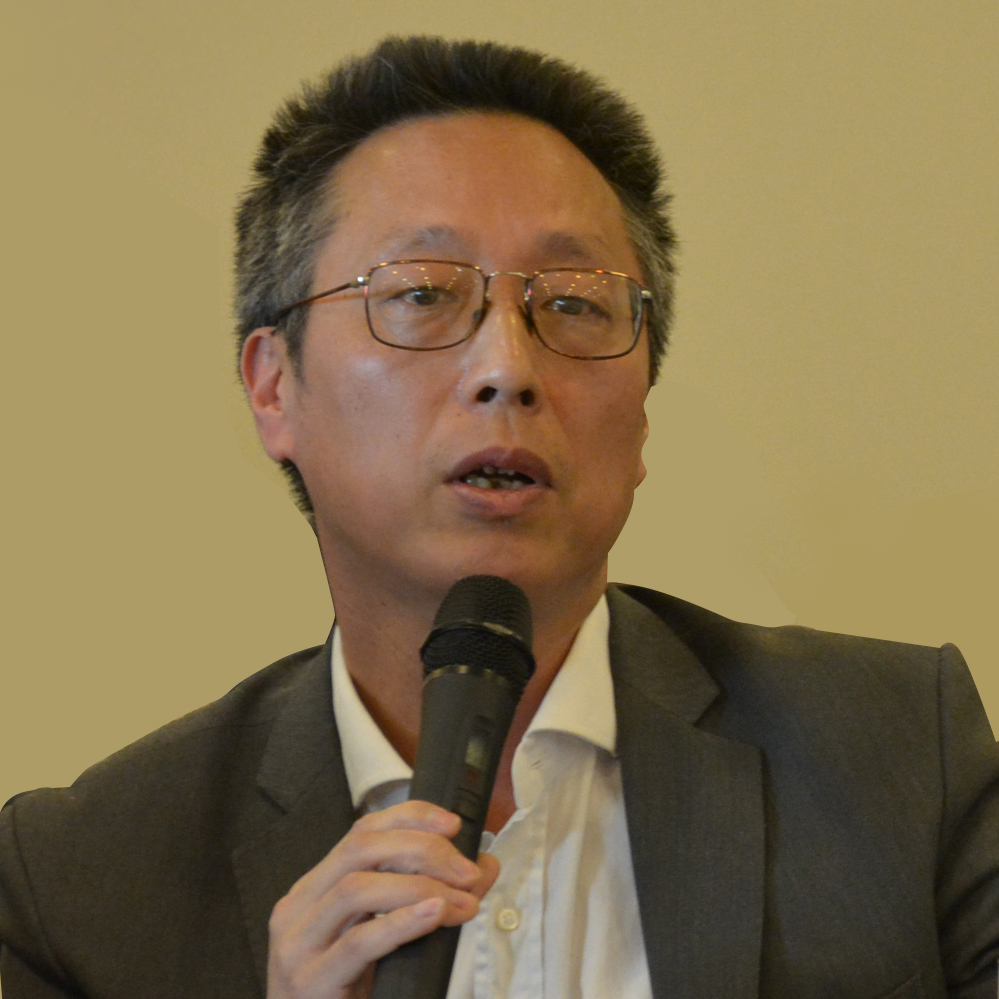
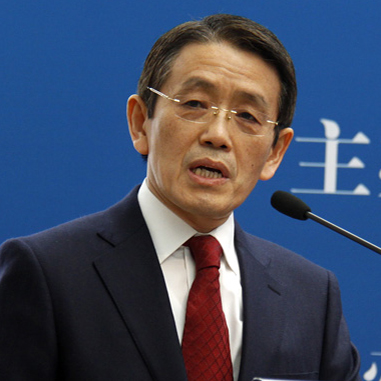

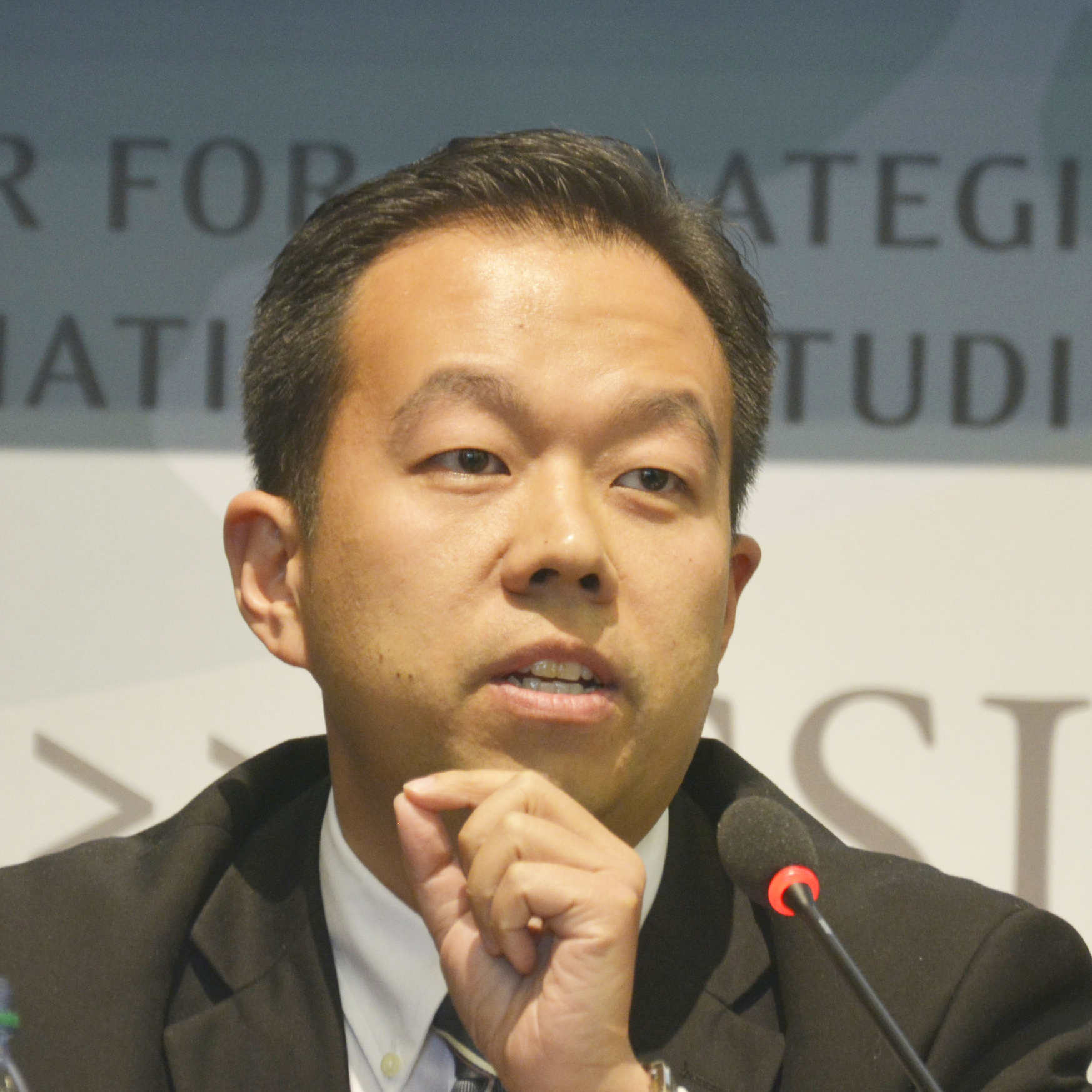
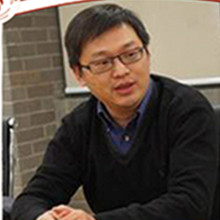
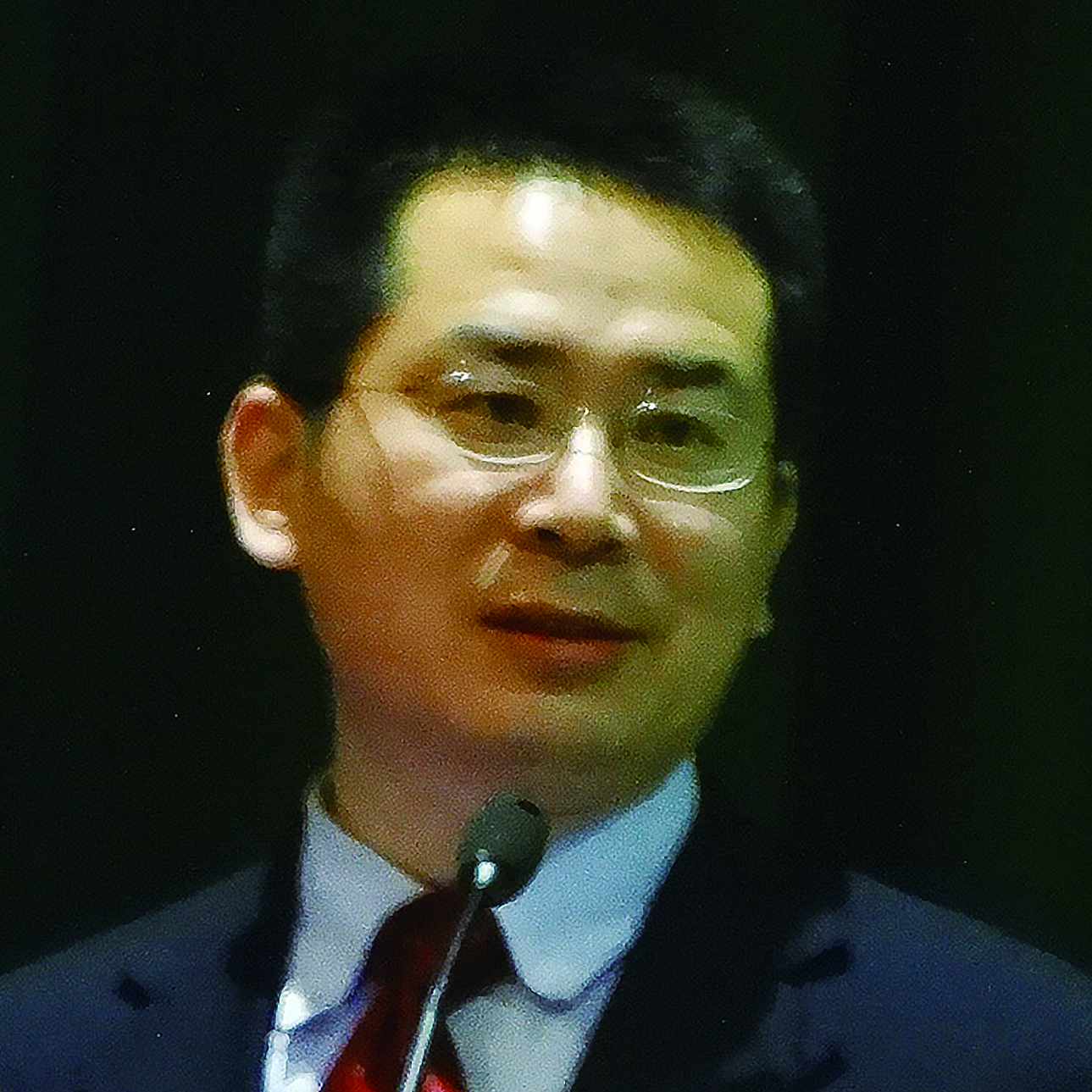







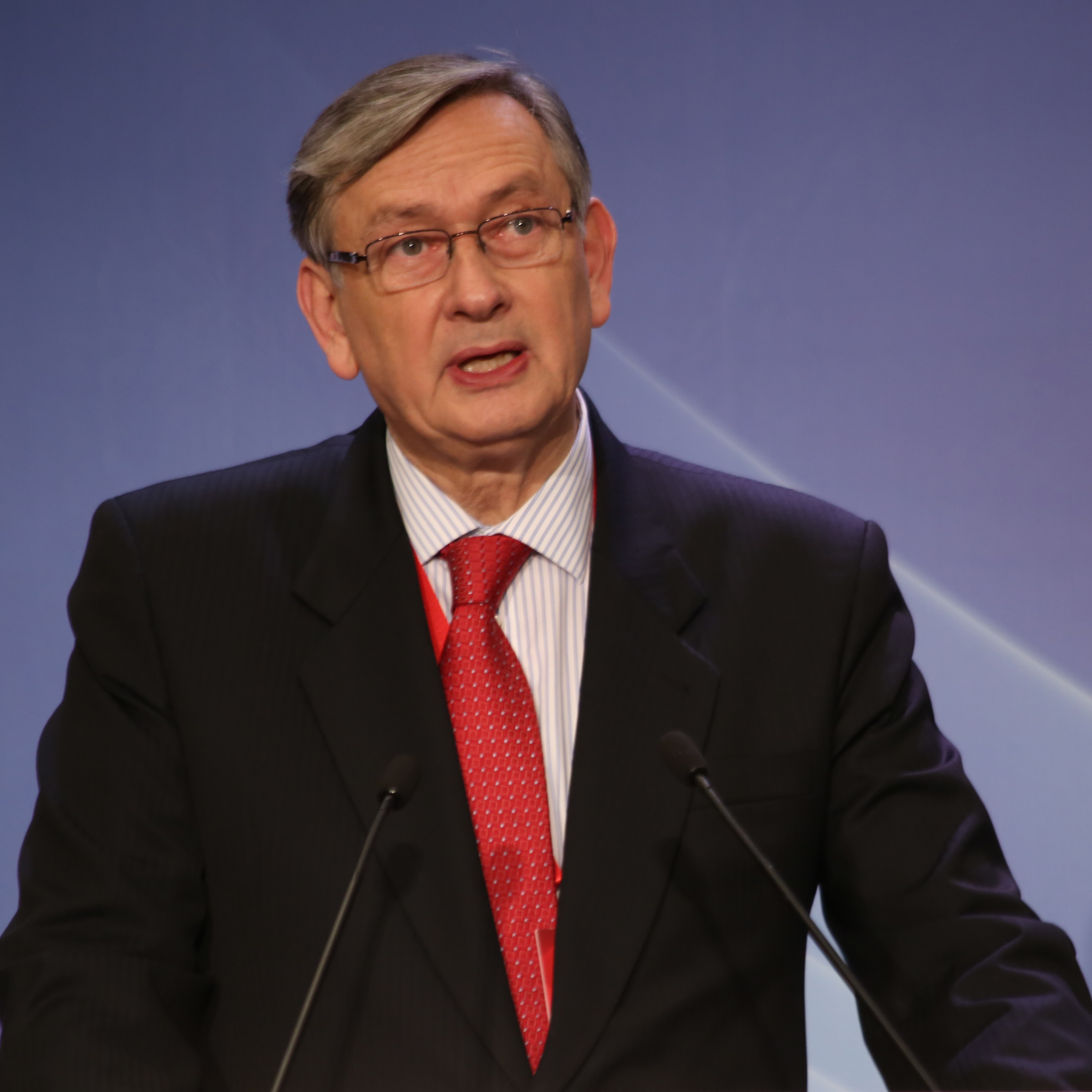
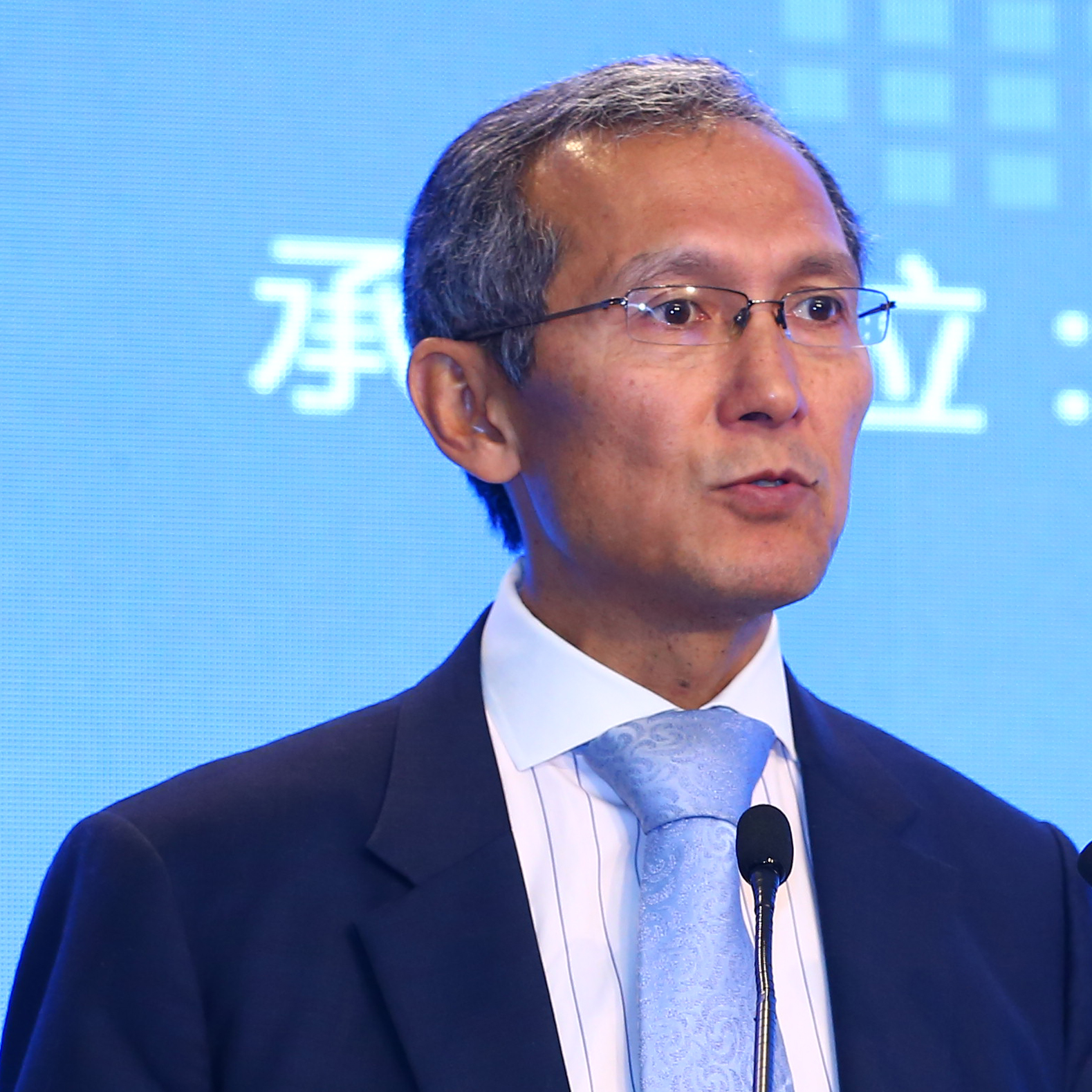
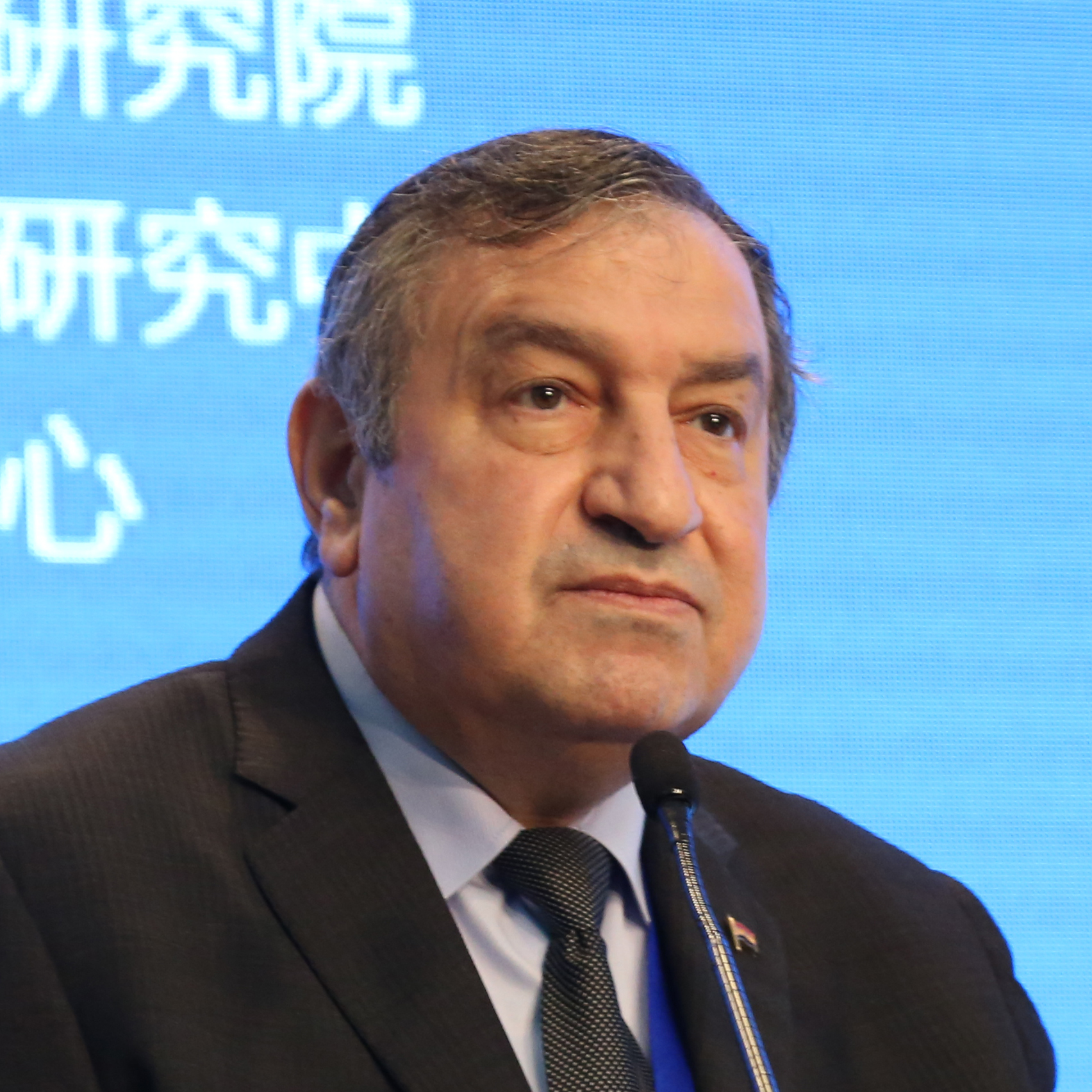

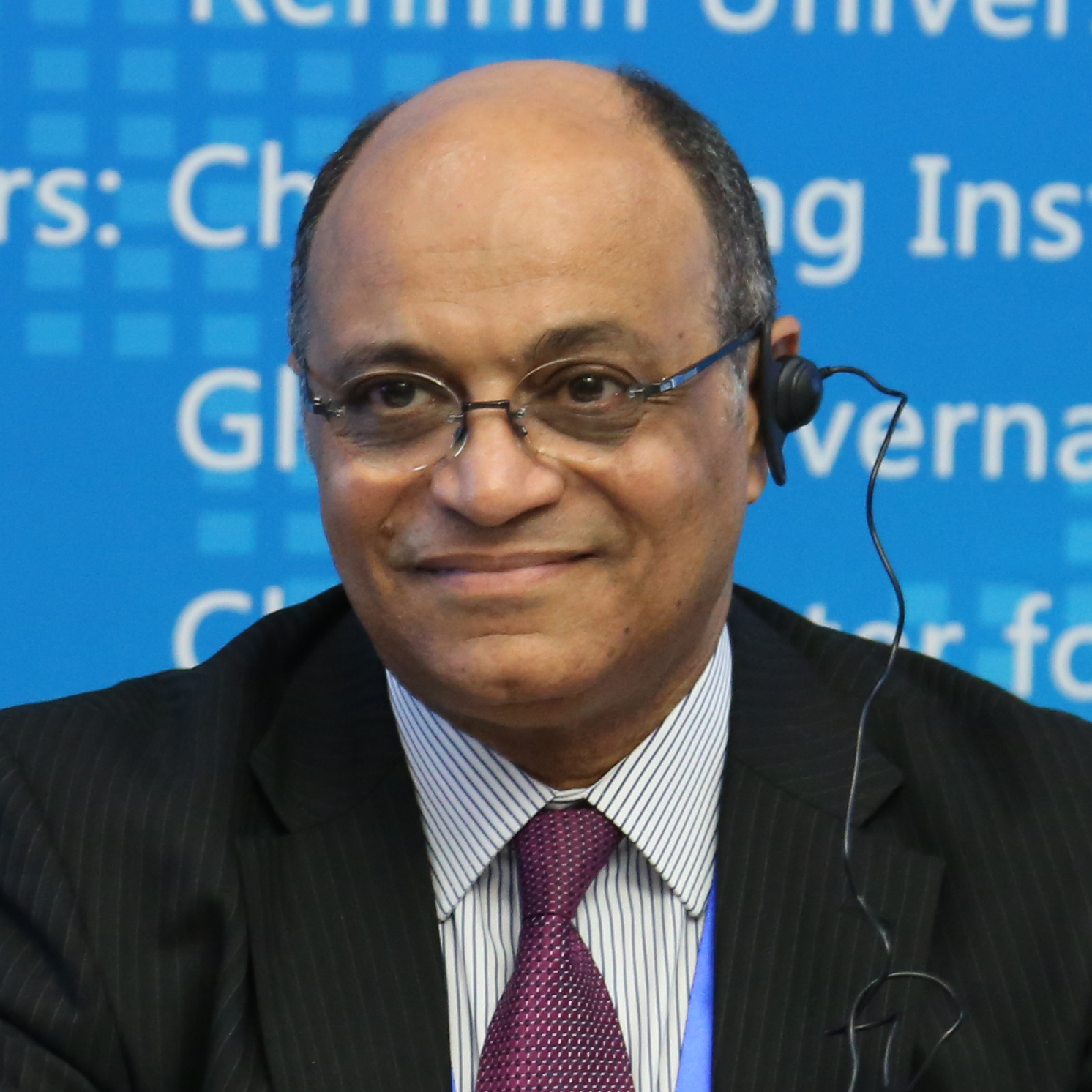










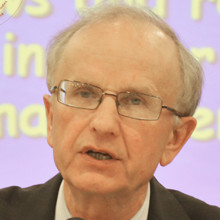

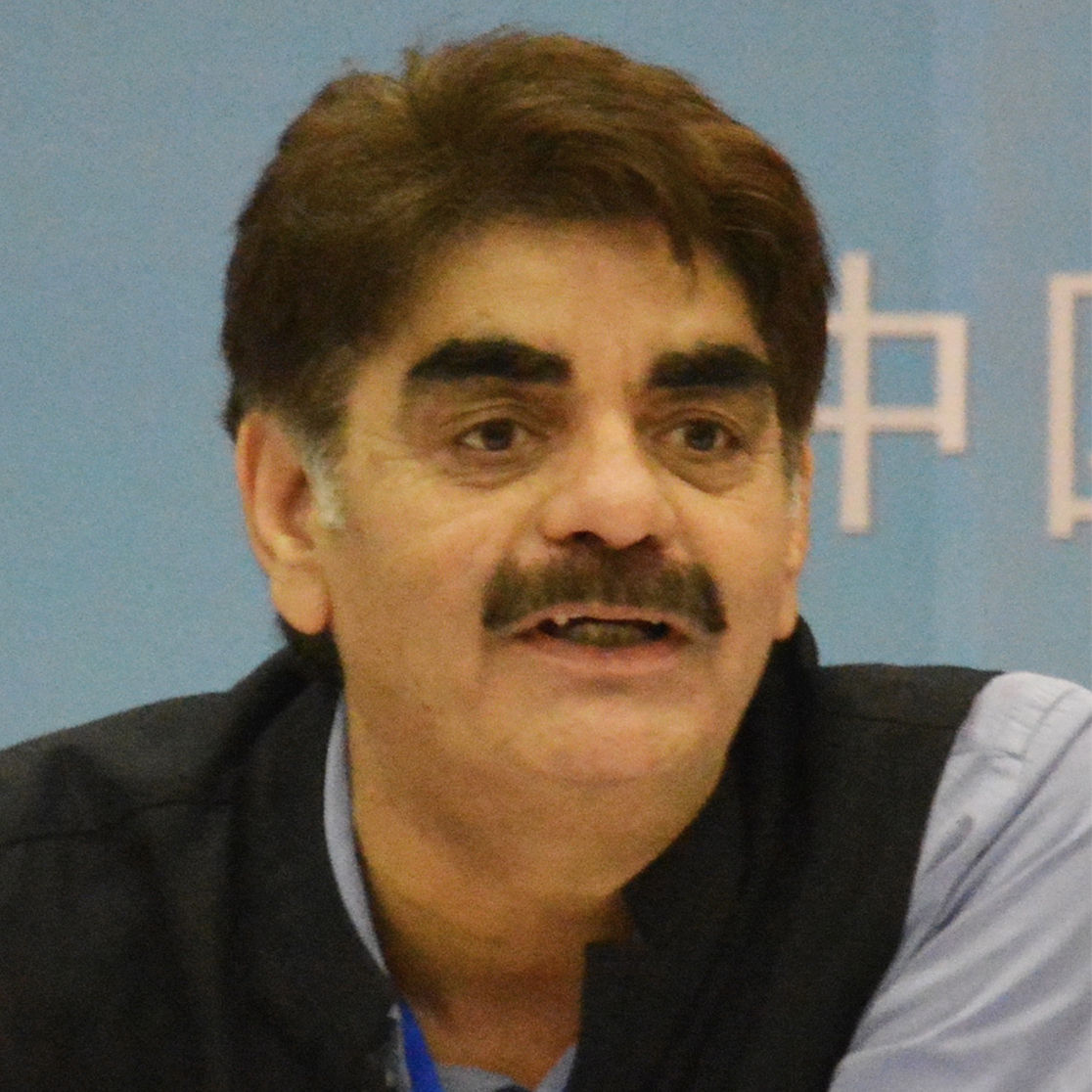

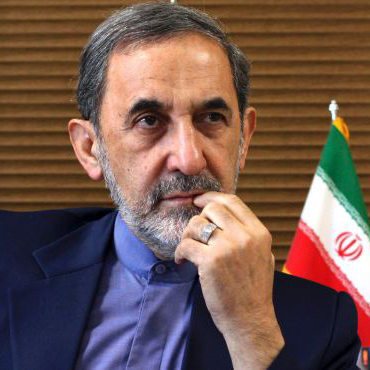


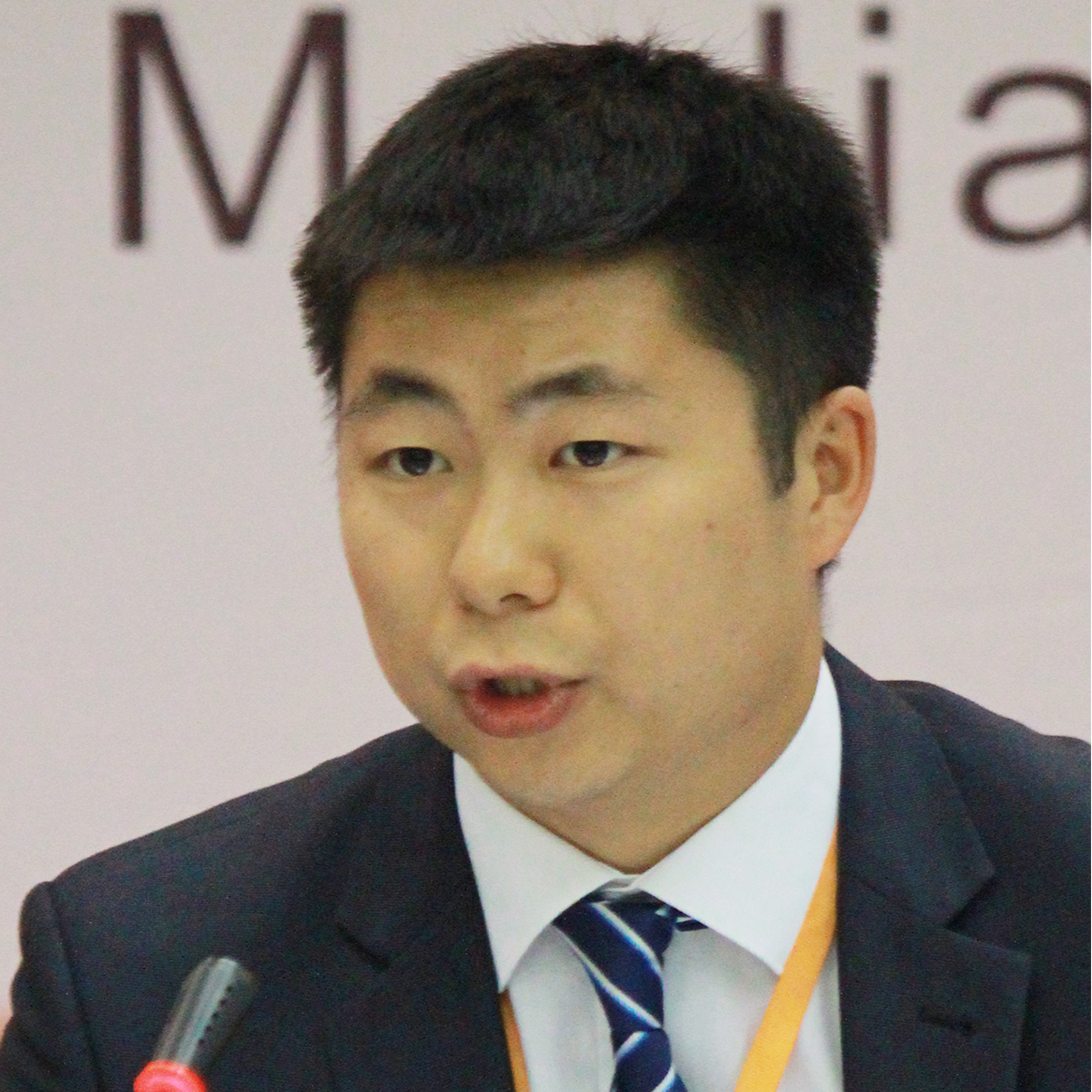

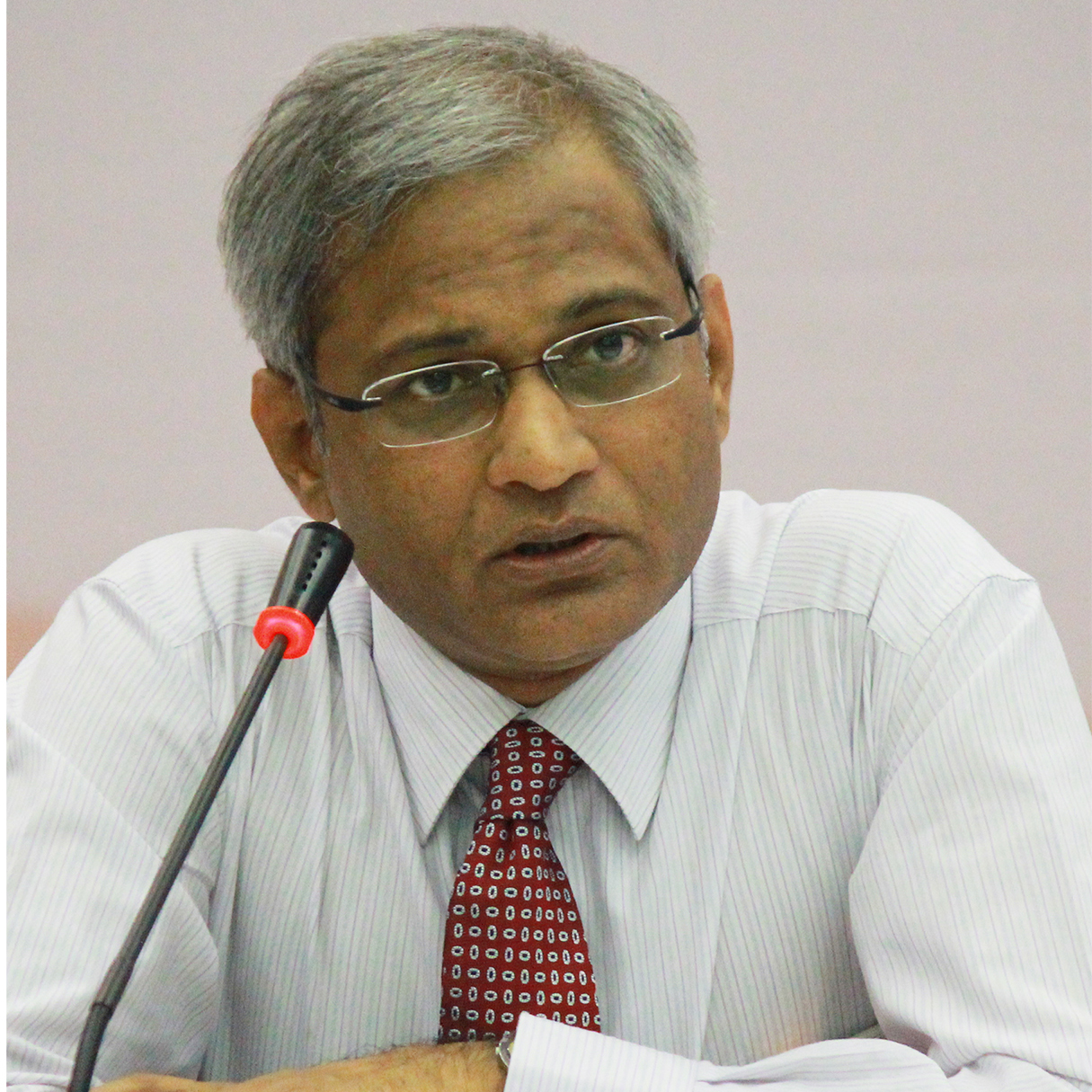

















 京公网安备 11010802037854号
京公网安备 11010802037854号





